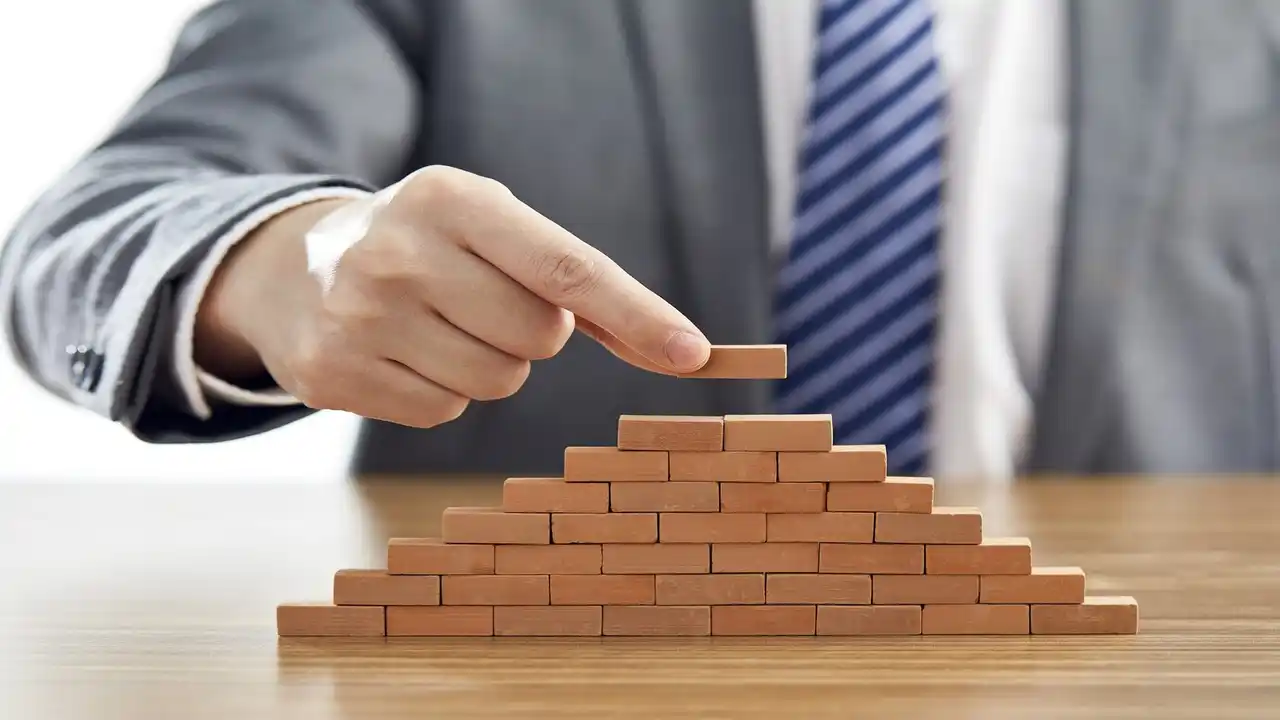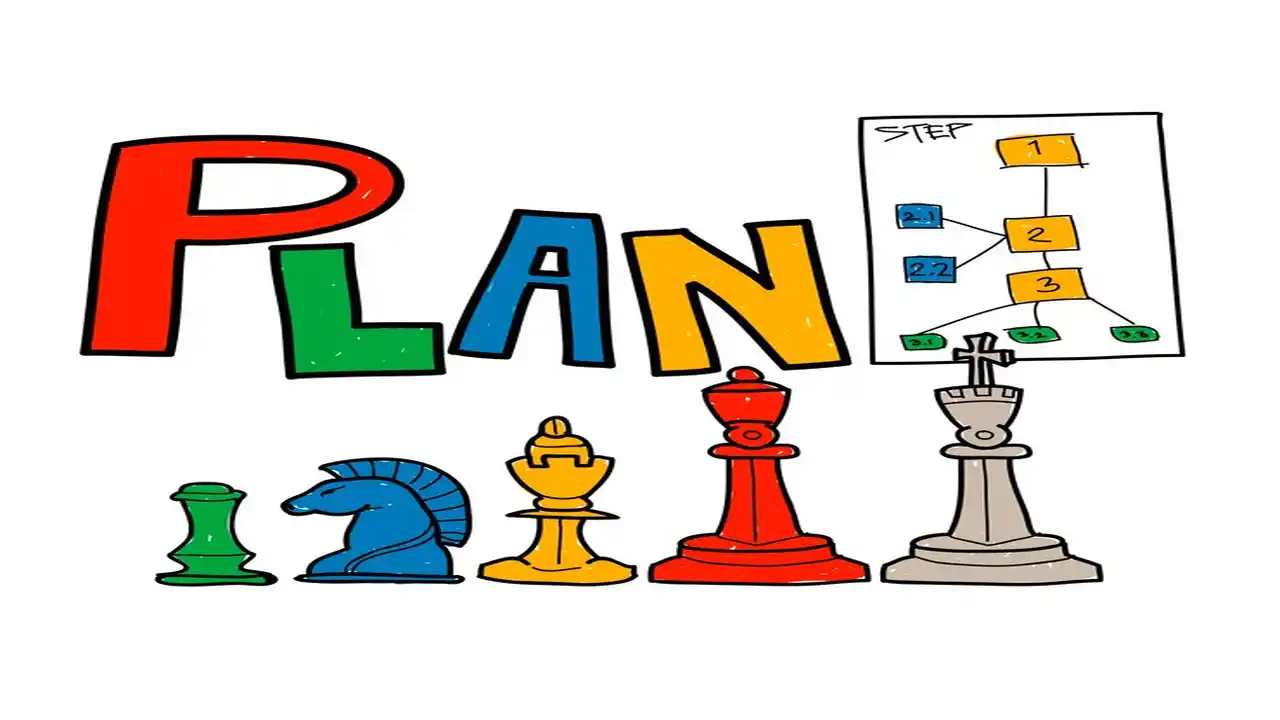An economy is always evolving, as the present economic cycle demonstrates. It encompasses both growth and fall. The Gross Domestic Product (GDP) of the area or country is commonly used to determine its value. To determine the stage of the economic cycle, consider other economic data such as the unemployment rate, consumer spending rates, interest rates, and the overall status of the economy. We’re going to take a look at the importance of business cycle and discuss related matters in this topic.
The economic cycle comprises several changes occurring repeatedly at regular intervals. Businesses are critical to today’s economy. Some of their responsibilities include producing, distributing, and selling goods and services. There are many various types of businesses, ranging from farms and factories to service providers such as insurance companies.
Importance of Business Cycle
The central bank keeps the economy in a loop by adjusting government expenditure and tax rates.Moving interest rates around is another approach to accomplish the same purpose. Each of these business trends has a unique impact on individuals and enterprises. When discussing the economy as a whole, the term “business cycle” refers to a specific type of change.A business cycle consists of two major components: growth and recessions. The economic statistics collection comprises sales, revenue, employment, and total industrial output. The importance of business cycle is as follows:
Appropriate Policies
There is a “contraction” when the supply of commodities exceeds the demand for them. Adding more labor will just increase the already unreasonably expensive production costs. During the Expansion phase, you might hire more employees to meet demand and increase firm profitability.
Significanceof Business Cycles
Business owners and managers consider their company’s cycles while deciding what equipment to purchase or whether to hire or fire employees. They may also consider the state of the economy when making their decision. National leaders are concerned about business cycles because of the negative consequences that might occur during large or prolonged swings, such as excessive inflation, poor growth, and high unemployment. This is because business trends can create significant pricing fluctuations.
Employment
Remember that the business cycle has a significant impact on the overall employment rate in the economy. When the economy is doing well, there are many job openings because firms require more employees to meet client demands and expand. When the economy is in a depression or recession, however, the unemployment rate rises, people work fewer hours, and their compensation remains constant.
Recovery
When the economy recovers, the rebuilding phase begins.After a long period of unemployment, when firms resume hiring and output increases, the economy grows rapidly. Fewer people are out of work, and prices are rising slightly.This phase could extend from a few months to a few years, depending on how severe the slump was and how quickly the economy recovered. Only a few of the depressions investigated by economists had this feature.
Strategic Business Decisions
A company’s business cycle is typically tied to the decisions it makes. Managers and business owners can use the trade cycle steps to make strategic decisions for their companies. Businesses must constantly develop and release new versions of their products and services in order to remain current. Depending on where the company is in the cycle, it must take a variety of measures.
Consumer Demand
Businesses care deeply about the business cycle for a variety of reasons, the most important of which is that it has a significant impact on client demand. When unemployment rates rise, fewer people have money to spend on goods and services, hence consumer demand falls. Companies will experience less sales as people’s wants drop. This means they’ll have less money in the bank and a higher risk of losing it. If a company continues to lose money, it may be forced to close.
Expansion
The peak is the precise point at which a growth begins to contract. This stage of the business cycle is also known as the boom phase. Businesses are now operating at full capacity as they have grown at their quickest rate ever. When businesses realize they can’t continue to invest and develop, they cut back. This has an impact on a variety of factors, including supply (output), demand (product and service consumption), employment, investment, and prices.
Greatly Affect Cyclic
Business groups Every firm feels economic changes, but they feel them differently. A sudden shift in the stage of a trade cycle might harm certain businesses more than others. Businesses in this industry must constantly monitor the economy for indicators of potential instability.Examples of industries include fashion, technology, food & beverage, real estate, and many more. To thrive, small enterprises must capitalize on the growing economy. The ones who will be most affected by an economic downturn, for one simple reason. That being said, one of the most significant aspects of economic trends is…
Surviving Business Cycles
One of the most difficult aspects of keeping a business operational for an extended period of time is surviving economic downturns and recessions. The best moment to start a new business is when the economy is rebounding and booming. In contrast, when the economy is weak, low-quality enterprises tend to fail. When business is slow, it is often important to minimize costs, employ resources saved during good times, and do more with less.
Entry and Exit from Market
The product life cycle stage that corresponds to the launch is critical to the launch’s success. In an economy that is already behind and likely to enter a slump, it is far more difficult for a new product to succeed. Economic cycle stages impact product cost, sales, and advertising methods. More research is needed on factors determining product removal. If the economy begins to improve after a prolonged depression, the exit may be delayed. Business trends are essential for a variety of reasons.
FAQ
How do Business Cycle Affect the Economy?
The business cycle model allows us to examine how a country’s GDP has evolved over time as total output has increased and decreased. The economic cycle demonstrates the potential production of an economy that grows gradually over lengthy periods of time.
How do Business Cycles Affect Businesses?
The business cycle is critical for all types of businesses because it directly influences consumer demand. The business cycle can be divided into four major stages. A boom occurs when firms are optimistic, investments are strong, incomes are high, and consumers spend freely. Furthermore, prices and costs are rising faster as a whole.
What are is the Importance of Business Cycles?
Understanding business cycles allows business owners to make sound decisions regarding their firms. Managers may gain a strong understanding of when to prepare for a recession and when to capitalize on growth by monitoring economic indicators and the most recent economic forecasts.
Final Remarks
The phrase “business cycle” implies that it only affects one field or company, but it’s actually a four-period pattern that affects the entire economy. Even while each of these four phases is distinct, they all share characteristics that may aid in the progression of the cycle. To conclude, the topic of importance of business cycle is of paramount importance for a better future. Stay up-to-date by reading regularly on the functions of business cycle subject.




